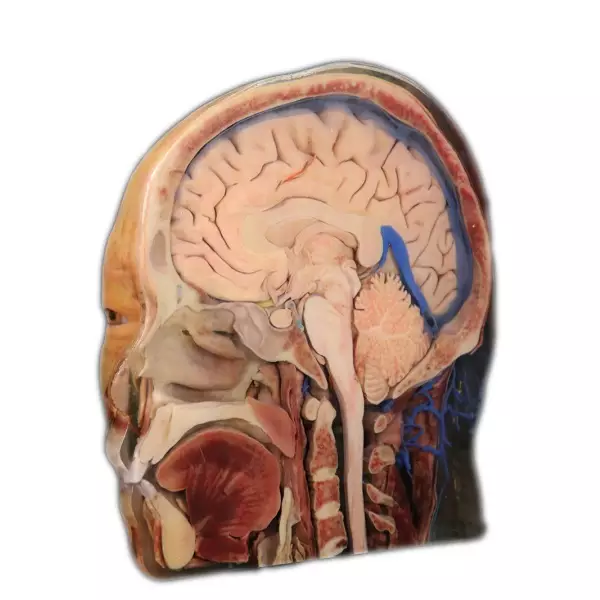human anatomy plastic models have become an essential educational tool for medical professionals, students, and researchers. These models provide a tangible representation of the human body’s intricate structures, allowing for a comprehensive understanding of anatomical features and functions.
The Importance of Human Anatomy Plastic Models in Medical Education
In medical education, human anatomy plastic models play a crucial role in enhancing learning experiences. They offer a hands-on approach that enables students to visualize and interact with anatomical structures. By manipulating these models, learners can develop spatial awareness and gain practical knowledge about various organs, systems, and their interconnections.
Furthermore, human anatomy plastic models allow educators to demonstrate complex concepts more effectively. By using these three-dimensional representations during lectures or presentations, instructors can engage students’ attention while simplifying difficult topics such as surgical procedures or disease pathologies.
The Emergence of Virtual Reality Educational Tools for Human Anatomy

A recent trend in medical education is the integration of virtual reality (VR) technology as an educational tool for studying human anatomy. VR offers immersive experiences that simulate real-life scenarios through computer-generated environments.
Find more about virtual reality educational tool for human anatomy.
Virtual reality educational tools provide unique advantages over traditional methods like human anatomy plastic models. Users can explore realistic 3D reconstructions of the body’s internal structures from any angle or perspective. Additionally, interactive features enable users to dissect virtual cadavers digitally without limitations on resources or ethical concerns associated with traditional dissection practices.
DIGIHUMAN: Revolutionizing Anatomical Learning
DIGIHUMAN is one notable example revolutionizing anatomical learning by combining advanced technologies such as 3D printing and augmented reality (AR). This innovative platform allows users to access highly detailed digital replicas of real human bodies.
By utilizing DIGIHUMAN, medical professionals and students can explore anatomical structures in unprecedented detail. The AR component overlays digital information onto physical models, enhancing the learning experience by providing additional context and interactive features. This technology bridges the gap between traditional human anatomy plastic models and virtual reality tools, offering a comprehensive educational solution.
Conclusion
In conclusion, human anatomy plastic models have proven to be invaluable resources for medical education. They provide a tangible representation of the complex structures within the human body, facilitating better understanding and retention of knowledge. However, with advancements in technology like virtual reality tools and platforms such as DIGIHUMAN, educators now have access to even more immersive and interactive methods for teaching anatomy. These innovations are revolutionizing how we learn about the intricacies of the human body while catering to diverse learning styles within the business audience.


